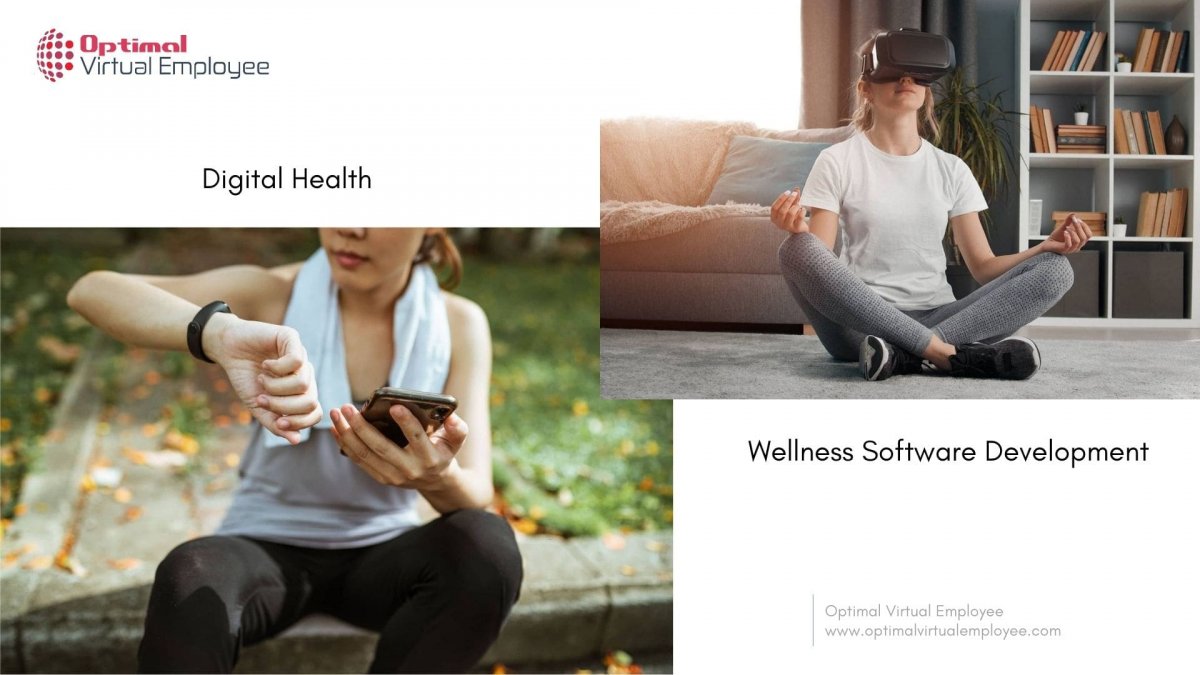Latest healthcare developments like telemedicine and virtual care have infused optimism into the deteriorating health care environment post the pandemic. So much so that the digital health and wellness market is expected to grow by a steady 28.5% up to 2026.d
The time is ripe for healthcare professionals to gain from the advancements in the digital health segment with wellness software development. Since digital health improves information spread and data sharing, it has led to better patient and professional relationships.
Before the advent of the pandemic, the digital health and wellness segment was seen as a luxury offering, however in the new normal world it is more of a necessity.
Software developers can help with remote patient monitoring, EHR sharing and tele medicine etc and contribute brilliance in healthcare infrastructure. There has been a shift in the focus of medicine from treatment to prevention of diseases.
Latest Offerings from the Digital Health and Wellness Space
-
Preventive Apps
Widespread chronic ailments like blood pressure, cholesterol, diabetes etc are a main cause of concern among individuals. Software developers can build preventive apps that help users mitigate habits that lead to these chronic disorders.
For example, these apps are used to contain additions, sleep depreciation, sedentary lifestyle etc. The fitness app market in particular will swell up to USD $13,016.77 million by the end of 2025. Health and wellness software development is an indispensable addition to today’s medical landscape.
-
Telemedicine Softwares
Software developers build telehealth solutions, track a patient’s health status and communicate it to the healthcare practitioner incharge of their health. Tele health and wellness tech have especially benefited the ones who were vulnerable during the pandemic.
Even people who live in remote locations can access advanced care solutions thanks to these advancements thanks to wellness software development. Such softwares enables tele monitoring and a more holistic approach to patient care.
-
VR for Pain Management
Virtual reality is the modern pain relief and stress manager. Medical communities are increasingly counting on the use of VR for mitigating the symptoms of pain and stress. Especially during traumatic medical procedures in healthcare settings VR technologies were used to enable painful operations to reduce the pain, stress and anxiety associated with it.
An immersive VR experience in a clinical setting through software development can be used to simulate drug-based analgesic which works on pain mechanisms of the patient.
-
AI Powered Healthcare
AI healthcare market will cross USD $34 billion by 2025. It is going to be an indispensable resource for future innovations in medicine in healthcare in terms of software development. AI aids healthcare by filling up shoes in segments like diagnostics, customer care and disease care.
AI also improves outcomes in healthcare with gene work, imaging and drug research.
-
The Internet of Medical Things (IoMT)
Today multiple devices and apps are used to track and prevent chronic illnesses. Amalgamation of IoT with telemedicine and telehealth technologies has birthed the Internet of Medical Things (IoMT). The trend entails use of wearables like ECG and EKG monitors. Other devices for medical measurements such as skin temperature, optimeters, glucose level, and blood pressure readings are also used depending on the condition of the patients.
-
Blockchain
Blockchain when used in the field of medicine can improve the healthcare industry over the coming years. Digital ledgers of blockchain can help medical providers distribute transaction records among patients securely. Software development can enable blockchain technology and reinforces security in healthcare. Numerous patients securely access a common ledger.
Advancements in the use of blockchain in medical solutions bring forth advantages like portability, security, and accessibility to healthcare. Blockchain enables interoperability and better integrity of healthcare information.
-
Wearables
The growth of wearable medical devices in a new wave of digital transformation in healthcare. More and more practiones want to access health data from medical devices which is possible through wearables. Today, patients aim at prevention of diseases and health maintenance which is possible only through regular data monitoring from wearables.
Wearable software development can help with up-to-date monitoring of high-risk patients. Devices like heart rate sensors, exercise trackers and sleep monitors are popular wearables today. Software developers that work on wearable technology can personalize the healthcare experience, predict risk of illness and help advance patient care.
In the End
These trends sum up the rise of digital health and wellness software development in 2021. The revenue line from these advances in the health and well being space may be expected to flow in the long term and is directly proportional to adoption rates. Solutions that allow secure data sharing, initiate value based care, track lifestyle habits of patients and aid diagnosis etc will be in high demand in the near future.
Digital solutions ensure better cost savings, excellence in patient experience and better returns for the business. Healthcare businesses are eyeing advanced software development to build innovative solutions to aid care giving procedures and eventual outcomes.
Also read:
How To Develop AI-Based Health Monitoring Apps in the Wake of COVID-19?









